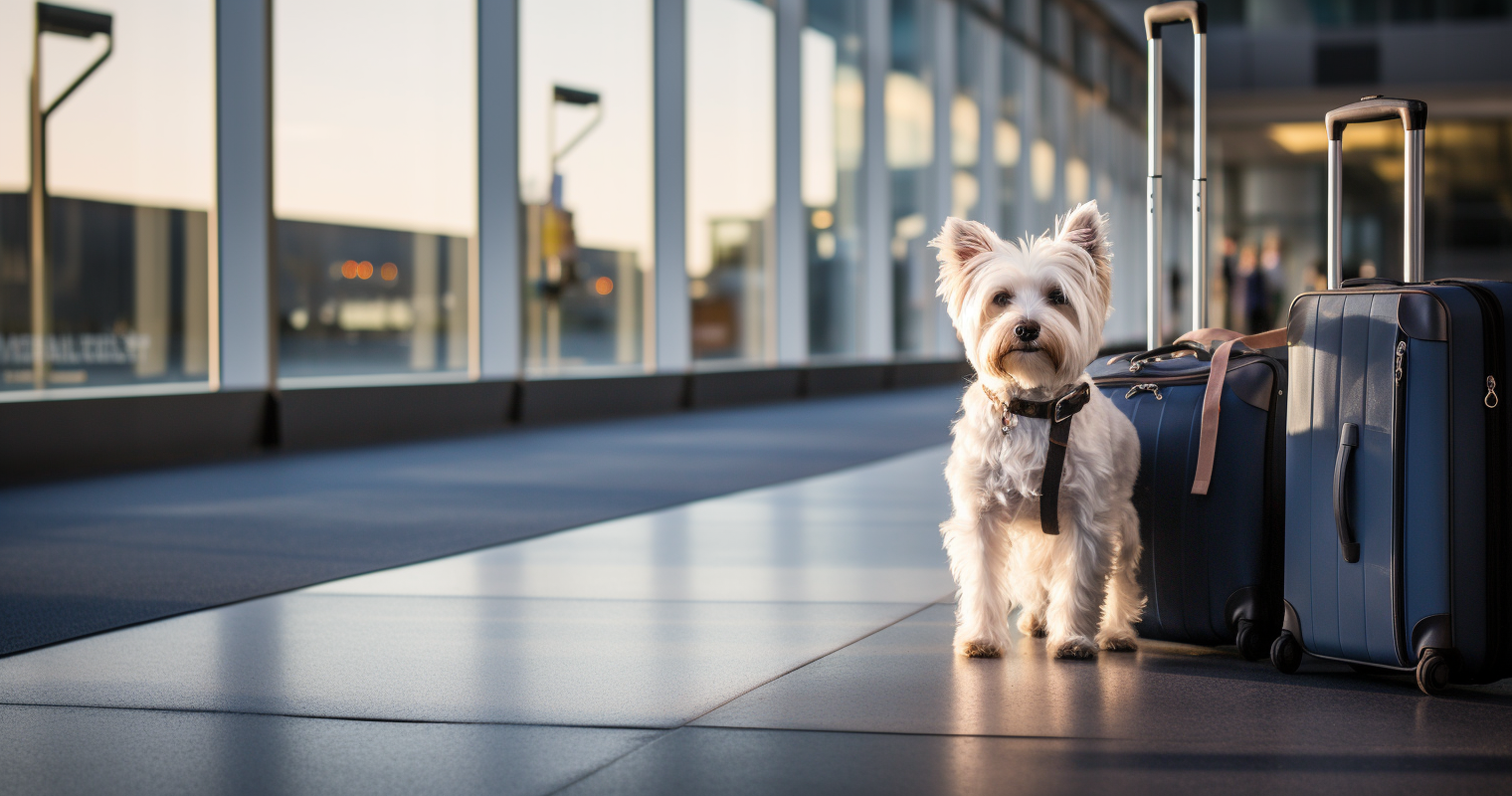If you are planning to move to the Philippines with your pet, it is essential to understand the rules and regulations for importing pets into the country. This article provides information on importing pets to the Philippines, including restrictions, vaccination requirements, paperwork, quarantine, licensing, and relevant government websites.
Restrictions on importing pets to the Philippines
The Philippines allows the import of pets, but there are specific regulations and requirements to ensure the safety of the country’s flora and fauna. The type of pets that can be brought into the Philippines is limited, and some species are prohibited. The restricted and prohibited species are determined by the Bureau of Animal Industry (BAI).
Dogs, cats, birds, and rabbits are the only species allowed to be imported into the Philippines as pets. Other species such as rodents, reptiles, and primates are prohibited. For example, chinchillas and hedgehogs are not allowed to be imported.
Vaccination Requirements
All pets imported to the Philippines must have a valid health certificate, which includes vaccination requirements. Dogs and cats must be vaccinated against rabies, distemper, hepatitis, leptospirosis, and parvovirus. The vaccination must be administered at least 14 days before the pet’s arrival in the Philippines and must not be older than one year.
Additionally, all pets must be microchipped and have a current rabies antibody test result. The test must be done at least 30 days and no more than one year before the pet’s arrival in the Philippines and must be performed by an approved laboratory.
Application procedure and paperwork
To import a pet to the Philippines, you must follow specific procedures and complete the required paperwork. The first step is to obtain an import permit from the Bureau of Animal Industry. The import permit application must be completed online and includes information about the pet’s species, health status, and country of origin.
Once you have obtained the import permit, you must ensure that your pet meets all the requirements, including vaccination, microchipping, and testing. You must also obtain a veterinary health certificate from a government-approved veterinarian in the country of origin.
Furthermore, all pets must undergo a mandatory inspection by a government-approved inspector upon arrival in the Philippines. The inspector will verify the pet’s paperwork and may require additional documents or inspections, depending on the circumstances.
Quarantine Requirements
All pets imported to the Philippines are subject to quarantine requirements to ensure that they do not bring any diseases or pests into the country. The quarantine period varies depending on the pet’s species, health status, and country of origin.
Dogs and cats from certain countries, such as Australia, Canada, and the United States, may be eligible for a reduced quarantine period of seven days. However, pets from other countries may face a quarantine period of up to six months. The quarantine must be performed at an approved quarantine facility in the Philippines, and the owner must bear the associated costs.
International travel schemes for pets
The Philippines is not part of any international travel scheme for pets, such as the PETS travel scheme in the EU. Therefore, all pets must comply with the specific regulations and requirements for importing pets into the Philippines.
If you are traveling from a country that has a similar animal health status to the Philippines, you may be eligible for a reduced quarantine period or exemption. You should check with the relevant authorities in your country of origin and the Bureau of Animal Industry for the specific requirements and procedures.
Licensing Requirements
In the Philippines, there is no specific license requirement for owning a pet. However, if you own a dog, you must ensure that they are registered with the local government and have a dog tag. Additionally, certain dog breeds are subject to specific regulations and restrictions.
It is essential to check with the local authorities in your area for the specific regulations and requirements.
Relevant Government Websites
The Bureau of Animal Industry (BAI) is the primary government agency responsible for regulating and overseeing the import of pets to the Philippines. The bureau provides useful information and guidelines on the requirements and procedures for importing pets to the Philippines.
The BAI website includes information on vaccination requirements, paperwork, quarantine, permits, and other regulations. You can also find information on the specific requirements for importing dogs, cats, birds, and rabbits.
To access the BAI website, visit http://www.bai.da.gov.ph/bai/index.php/2016-05-16-02-20-08/animal-importation.
Importing your pet to the Philippines can be a challenging but rewarding experience. The regulations and requirements for importing pets are strict to protect the country’s unique flora and fauna.
To ensure a smooth and hassle-free import process, you must obtain the necessary paperwork, including a valid import permit and veterinary health certificate. You should also ensure that your pet is microchipped and has a current rabies antibody test result.
If you are traveling from a non-qualifying country, you may face a quarantine period of up to six months. It is essential to check with the relevant authorities in your country of origin and the Bureau of Animal Industry for the specific requirements and procedures.
By following the regulations and requirements, you can ensure the safe and comfortable travel of your furry friend and enjoy your new life in the Philippines.

